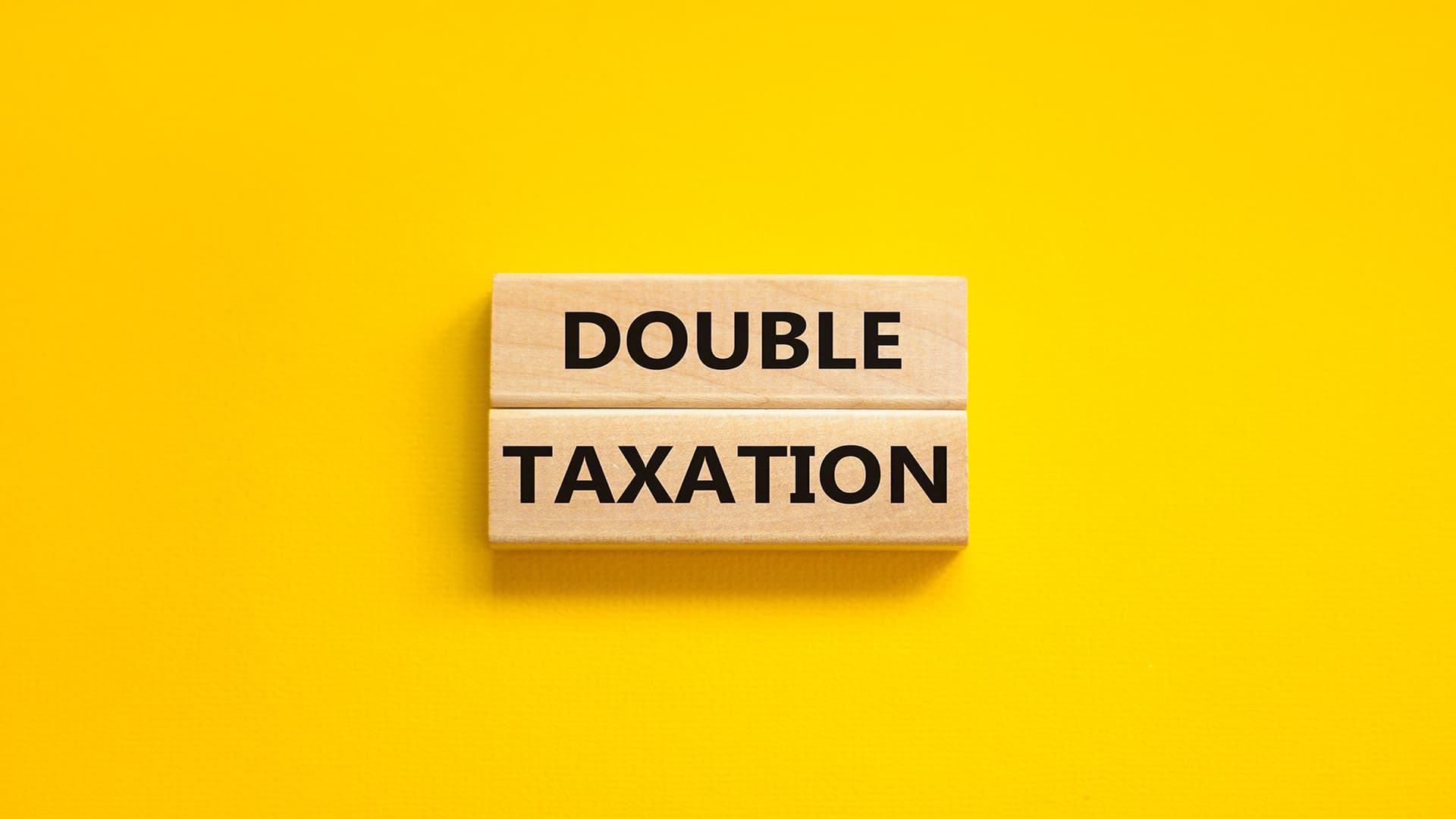
Structured Notes – The Good, The Bad and The Ugly
Posted on: 20th September 2016 in
Investments
Here at Holborn Assets, over the years we have witnessed a lot of controversy in the personal finance industry about a financial product known as a “Structured Note.” Whether a private individual gets involved with Structured Notes is a matter for them to decide with their IFA. Certainly, Structured Notes have got a thoroughly bad name nowadays. Respected website Investopedia.com doesn’t mince words in branding them “a real stinker of a product.” However, there’s a certain glamour to Structured Notes too, because they allow normal people to access “derivatives”. So what is there to watch out for?
Upside, Downside? Let us see your real side.
On the face of it, Structured Notes offer the best of both worlds. A Structured Note allows the purchaser to benefit when the markets move up AND simultaneously be protected when the markets move down; upside exposure and a downside buffer. On top of that attractive prospect comes the added bonus that a Note can be issued in virtually ANY market or combination of markets, so there’s plenty of choice. This dual benefit is attractive but, generally speaking, Structured Notes look better than they are. They are so structurally complicated (being based on an underlying asset AS WELL AS another derivative) that it is often difficult to see how they work, let alone what potential pitfalls they offer. As you’ll know, in the financial world there’s no such thing as a free lunch, but the enticing payoff formulae of Structured Notes can make you a believer — until, that is, you factor in both the caps which stop you benefitting TOO much when the market rises and the exclusion of dividend re-investment that are often involved. And even when those factors don’t apply, there remains a fair amount of risk to be paid for one way or another with other derivatives involved.
Structured Notes: The Pros
- Flexible Notes can be structured around any derivative relating to any market in just about any combination (involving numerous other key factors that are 100% customisable) you might realistically require. That’s flexibility for you!
- Leveraged upside exposure A Structured Note will usually give the purchaser an enhanced rate of return on any gain in the underlying reference asset/index.
- Tax-efficient The return on a Structured Note is generally considered to be a long-term capital gain.
Structured Notes: The Cons
- Will fail if issuing bank fails You can, theoretically, get caught holding a Note that is worthless. Even though, with a Structured Note, you’re theoretically investing in an underlying asset/derivative/index in one or many market(s), you’re effectively investing with the issuing bank itself – in the sense that, if the bank fails but the markets remain, the assets/derivative/index underlying your Structured Note may give you a theoretical positive return, which your bank will not be able to deliver (because they will have gone bust!).
- You stand to lose it all Structured Notes are not, as a rule, principal-guaranteed. This means you stand to lose all your investment if certain (usually quite complicated) financial factors come together.
- Based on dodgy ground? Because of the way they are structured, there’s a lot that can go wrong with a Structured Note. A Structured Note – which is a derivative itself – is partially based on other derivatives (such as option contracts) which are themselves based on underlying assets/indexes relating to liquid, and therefore potentially volatile, markets.
- Can get stuck with them “Punishingly, excruciatingly illiquid” is Investopedia’s verdict on Structured Notes. A little extreme, when early redemption clauses are often written into Notes, but certainly it sounds painful. You can get caught holding a Note that you can’t sell. An illiquid market means things don’t change hands very often. Structured Notes don’t change hands generally; everybody assumes you’ll be holding onto them until they mature. But if the markets of the assets on which your note is based are crashing for real, you will need to get out fast, and there you will face problems.
- Exclusion of dividend payments Over any given period, investment in an index using an ETF or fund would involve any dividends being re-invested. This is rarely the case with Structured Notes. And the difference in return that is therefore missed out on could be as much as five percent or more.
How do Structured Notes work?
A Structured Note is a “derivative”. One simplistic way of describing a “derivative” instrument is to say that it is a financial arrangement based on an underlying reference asset or benchmark. A Structured Note is a dual product. It has not one but two references: one such reference being ANOTHER derivative, the other reference being any of “equity indexes, a single equity security, a basket of equity securities, interest rates, commodities, and/or foreign currencies.” (US Securities and Exchange Commission). A Structured Note is called a “Note” because it is an IOU note from the issuing bank to you. It frames a given agreement that the bank will pay you a return that is directly proportional to the satisfaction of a set of given market-related criteria. That payment will come either in regular intervals during the course of the Note’s duration, or only when it comes to maturity and expires. There are numerous different factors which are used to put Structured Notes together. But, in many cases, how the numbers actually work out for the investor in a particular Structured Note can be laid out in a simple formula of any Note lasting a given duration giving you 1) x% exposure to the upside 2) x% buffer on the downside and 3) a cap of x% on the underlying reference performance. So, supposing the underlying reference is a tracker. As an example of a possible vanilla Structured Note, the bank could offer to pay you 1) 150% of any rise in the tracker 2) protect you from the first 10% of any drop in value and 3) stop paying out when the tracker fund experiences more than a 20% gain. Sounds wonderful. Shame it rarely works out that wonderful.
What’s the broader picture for the expat investor?
There are plenty of “structured” products that don’t involve the high-risk derivative basis of Structured Notes. So don’t bother with them apart from in very specific circumstances – that’s our advice. And it’s not just the high risk that’s the problem. The fiercest allegation made against them is that Structured Notes are deliberately complicated to confuse the potential investor, highlighting theoretical potential gains whilst hiding almost inevitable downsides. That allegation takes a fairly dim view of investment banks, that’s for certain! And there are so many different types of Structured Notes that it is unfair to generalise in that regard. But the bottom line remains that investing as part of a wider holistic strategy cannot involve gambling your entire seed fund according to rules that are barely understood. The level of uncertainty intrinsic to Structured Notes as a consumer product makes them a dark horse we can usually do without. ********************** Are you concerned about your financial future? Interested in investing? As your trusted provider of holistic financial solutions, get in touch with Holborn today!


















